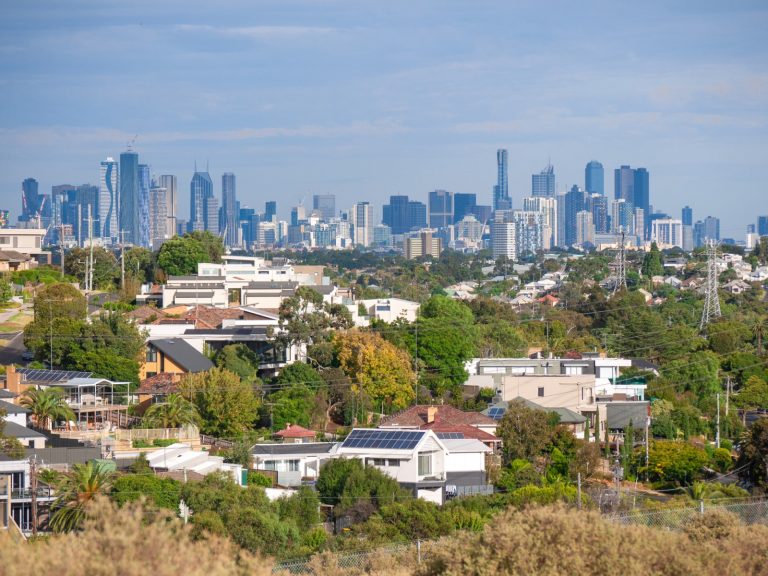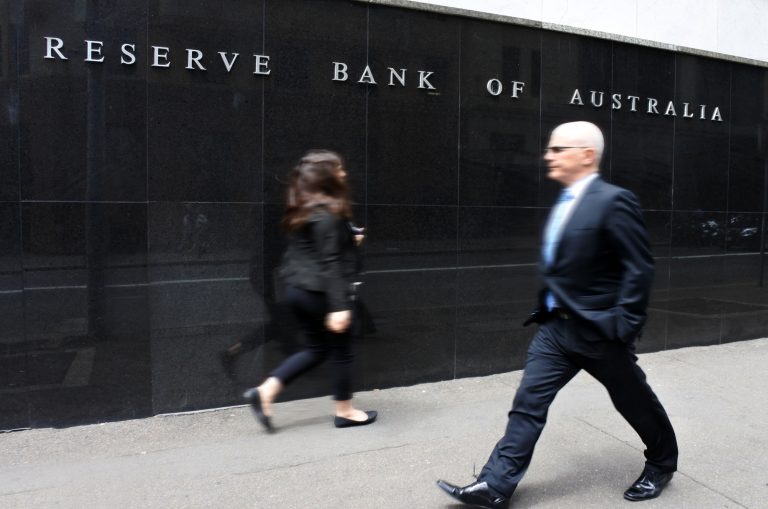Quarterly Economic Update: January-March 2024
The first quarter of 2024 saw the Government roll out considerable changes to the Stage 3 Tax Cuts, inflation continuing to slow but remaining stubbornly high across some areas, surging…

The first quarter of 2024 saw the Government roll out considerable changes to the Stage 3 Tax Cuts, inflation continuing to slow but remaining stubbornly high across some areas, surging…

No matter what kind of job you have, there is always a possibility of falling sick or getting injured, regardless of the type of work you do. That’s why every…

Every January, countless school leavers across Australia embark on their job-hunting journey. A NSW Government survey conducted in 2021 found that of 42,388 secondary school leavers, approximately 50% continued to…

The Reserve Bank of Australia has decided to pause its cycle of interest rate hikes, keeping the cash rate target unchanged at 3.6 percent due to softening inflation data, a…

If you’re a freelancer or contractor or maybe even a consultant then you’re part of the “gig economy”. Gone is the job for life, or even a job in the…

According to the Reserve Bank of Australia, domestic headline inflation is expected to reach 8% in the final month of 2022 as consumers continue to spend despite higher interest rates….

Employment surprise JobKeeper was a cornerstone of Australia’s response to the coronavirus pandemic. It provided millions of Australians with an ongoing income and kept thousands of businesses afloat, so when…
End of content
End of content